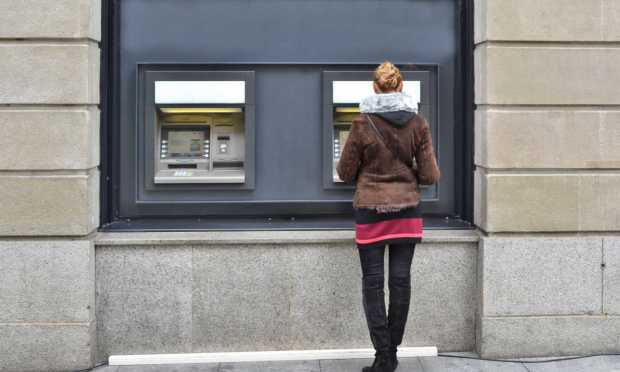Danish Banks Celebrate Heist-Free 2022 Amid Surge in Online Fraud

Beyond convenience, there are major safety advantages to a cashless society.
Proponents of cashless transactions and electronic money have often pointed to the risk of violent crime associated with storing and transporting large volumes of cash as an argument for reducing its presence in the economy.
In the latest validation of such an argument, Denmark recently celebrated an important milestone in the battle against crime — for the first time ever in 2022, there was not a single bank robbery recorded in the country.
Once a common occurrence, bank robberies have declined in tandem with Denmark’s dwindling cash usage. As the industry body Finance Denmark recently reported, from 221 cases in the year 2000, there have been fewer than ten each year since 2017 leading up to 2022’s landmark measure of zero.
The organization also reported a similar drop off in the incidence of ATM robberies. From 18 in 2016, Finance Denmark has not reported a single ATM attack in the previous two years, a feat it attributed to the Danes’ increasing use of electronic payments in place of cash.
Complementing Finance Denmark’s claim, the Danish central bank has reported that the use of cash in the country has nearly halved in four years, from 23% of all payments in 2017 to just 12% in 2021. It also found that in 2020, the total value of cash in circulation was equivalent to about 3% of the country’s Gross Domestic Product (GDP).
Compared to equivalent statistics in the eurozone and the U.S., where in the same year cash in circulation accounted for around 12.5% and 9% of GDP, respectively, Denmark is steaming ahead in the march towards a cashless economy.
With less demand for cash services, Danish banks have increasingly moved away from having cash holdings. For example, Denmark’s Finance Sector Union said that the country’s largest bank, Danske Bank, now only has one cash vault in Copenhagen and one in Aarhus.
“It is nothing short of fantastic,” the organization’s vice president, Steen Lund Olsen, commented in a press release.
Pointing to the toll that robberies take on bank workers’ mental health, the finance union emphasized that although the drop in physical heists is worth celebrating, violence and abuse remain a threat in the sector, although their specific form has evolved.
“There are still employees — particularly those in customer-facing positions — who are abused via email or over the phone,” Lund Olsen said.
Cyber Fraud On the Rise
Just as the abuse of bank workers has become digitized, the decline in physical robberies has also happened in tandem with a rise in online fraud.
From 1,970 cases reported by Finance Denmark in 2020, the incidence of online banking fraud increased by more than 25% in 2021 to 2,581.
The statistics refer to cases in which criminals obtained victims’ online banking details, either by using malware or phishing attacks or by contacting them via email, SMS message or telephone. Once stolen, these details can be used to log in to people’s online banking services and drain their accounts of funds.
Finance Denmark observes that the most vulnerable groups are women and the elderly. Citing data provided by the national police force’s unit for economic cybercrime, it said that in 2020, an estimated 65% of victims were women, while the age group most exposed to online banking fraud was the over-70s.
In contrast, last month the U.S. Federal Trade Commission (FTC) reported that people between the ages of 18 and 59 were 34% more likely to report losing money to online fraud than those 60 and over.
The FTC found that younger adults reported losses to online shopping fraud more often than any other fraud type. They were also found to be “over four times more likely than older adults to report a loss on an investment scam,” it added.
For all PYMNTS EMEA coverage, subscribe to the daily EMEA Newsletter.
